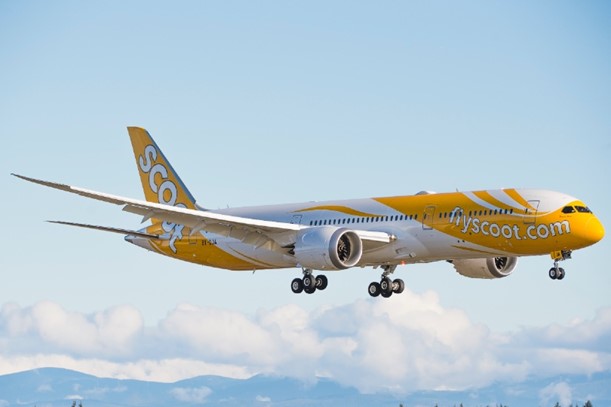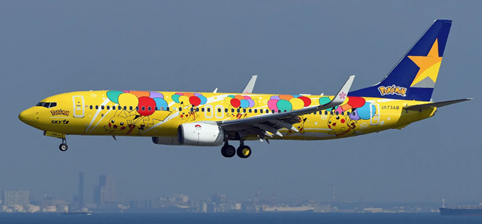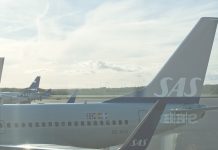For the third consecutive month, September saw the Singapore Airlines Group, comprising Singapore Airlines and Scoot, treading water. The bright spot was that Scoot managed to grow passenger numbers by 8% month-on-month, while the needle barely moved for big-brother Singapore Airlines.
Singapore Airlines Group carried 2.135 million passengers in September, compared to 2.083 million in August. Singapore Airlines (SIA) had 1.46 million (68%) and Scoot 674,900 (32%), at a combined load factor of 87%. In September 2021, the group carried 159,700 passengers with a load factor of 68.5%.
LCC Scoot is moving on up
In June 2022, the group carried 1.938 million passengers, which has grown by 10% to September’s 2.135 million. What may surprise is that 73% of the passenger growth has come from Scoot, which has gone from 531,500 passengers in June to 674,000 last month. Looking at where the growth has come from, the best guide is the load factors by region for the previous four months. Scoot’s load factor for East Asia has gone from 72.6% in June to 77.9% in September, in West Asia from 76.9% to 88.7% and in the Rest of the World from 76.8% to an amazing 98%. Its overall load factor jumped from 75.2% to 87.1%.
The lack of growth in East Asia directly reflects the lingering COVID restrictions in significant markets such as China, Hong Kong, Taiwan, Japan and South Korea. So, with four of those opening to varying degrees, it’s likely Scoot will see some impressive growth in East Asia over the next few months. Since June, it has added around 12% more capacity, although data from ch-aviation.com shows it has plenty in reserve as demand builds further.
Out of its fleet of 60 aircraft, Scoot has 16 listed as inactive, with 13 Airbus A320-200s making up the bulk of parked aircraft. It operates 18 of its 20 Boeing 787s, eight Airbus A321neos, six A320neos and 12 A320-200s. The data also shows five Boeing 787s, six A321neos and 12 A320neos on order. Hopefully, now that the Pokemon 787 can get into Japan more frequently, there might be an uptick from East Asia as early as next month.
Singapore Airlines seems to found a level and is floating on either side of it. Since June, it has grown passenger numbers by 4%, compared to Scoot’s 27%, and in the last three months, it has slightly lost ground. In June, SIA’s overall load factor was 87.8%, which was virtually unchanged in September at 87%. While the changes are not massive, compared to June, its load factors are lower in East Asia, The Americas and West Africa and Asia. The gains have come in Europe and South West Pacific, which jumped from 89.3% to 94.8%, reflecting the growth in Australia.
























